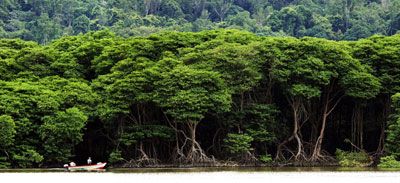You've taken steps to prepare for Armageddon, a zombie apocalypse or the next meteor that turns L.A. into a giant sinkhole. There's gold bullion in your fireproof safe, a gas mask under your bed, and you've mapped an escape route that will take you far from urban dangers to a rural oasis where you plan to live sustainably until further notice.
If so, PVC pipes should figure into your survival plan. These rigid, inexpensive polyvinyl chloride (PVC) pipes represent a trifecta of durability. They are waterproof, flexible and fire-resistant -- and you can buy a supply at your neighborhood hardware store.
Advertisement
Polyvinyl chloride (PVC) was first discovered by a German scientist in 1835, but it took decades to figure out practical applications beyond the laboratory for this strong, durable material. In the 1930s, PVC pipe was being manufactured and installed for water distribution in Germany. However, it wasn't until World War II that the use of PVC pipes became more prevalent. After the war ended, PVC pipes became a popular construction material in North America after the U.S. National Sewer Foundation certified the product as safe for transporting water and private citizens flocked to PVC pipe for its versatile nature and inexpensive cost [sources: JM Eagle, Rahman].
In 2007, the latest date for which statistics are available, consumers in the U.S. and Canada purchased 6.4 million metric tons (14.2 billion pounds) of PVC. And, although PVC is used in everything from window frames and golf balls to credit cards and high heels, nearly 50 percent of all PVC purchases were PVC pipes [source: Whitfield and Associates].
Most of these pipes are used in water and sewer systems, but they could also become essential survival tools. Virtually indestructible, PVC pipes can be repurposed as underground storage containers, weapons and even containers to grow food.
Advertisement



